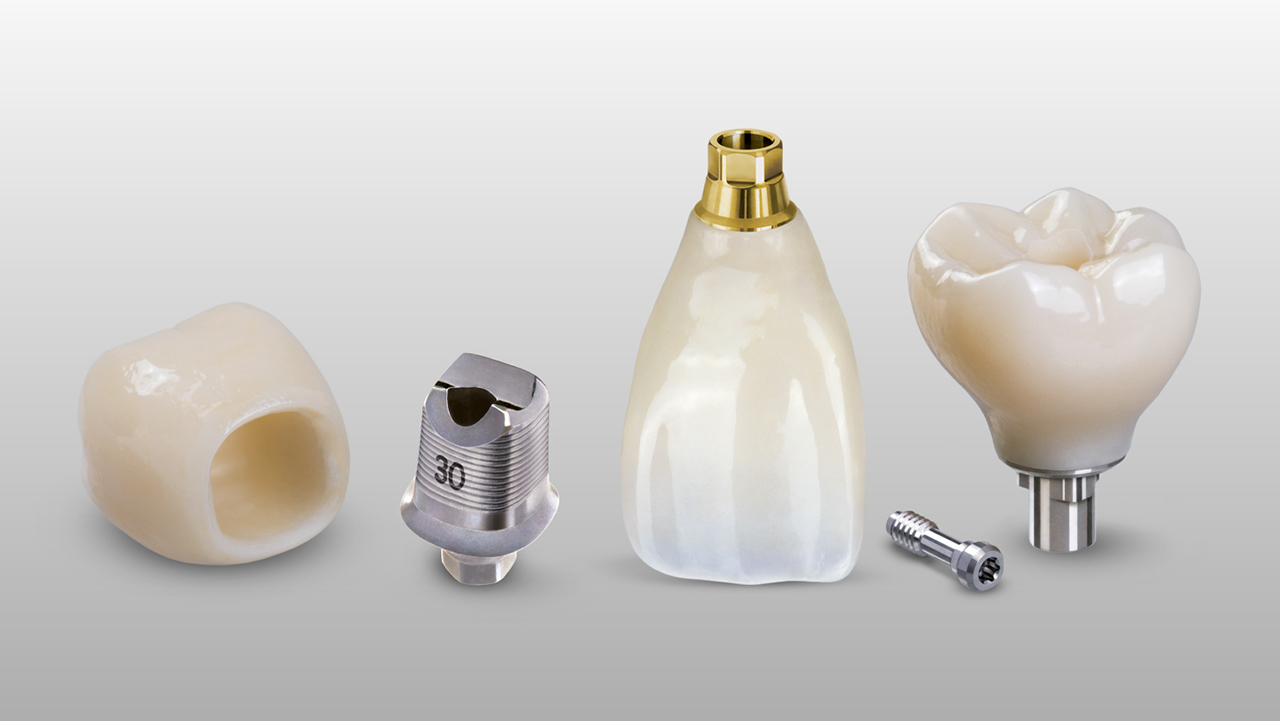Dental CE
- Free online CE course by Randolph Resnik, DMD, MDS: “Principles of Implant Occlusion: Part 2 – Recommendations for Single Implant Prostheses”
- Free online CE course by Timothy F. Kosinski, DDS, MAGD: “Surgical Pathways for Implant Dentistry: How to be Affordable and Profitable”
Related Dental Articles
- Taylor Manalili, DDS: “Screw- or Cement-Retained Implant Restoration — or Both?”
- Paresh B. Patel, DDS: “Seven Simple Steps to Implant Success”
In-Person Dental CE Courses
- Taylor Manalili, DDS: “The Restoration of Dental Implants: A Comprehensive Review of Materials and Techniques”
- Paresh B. Patel, DDS: “Placing and Restoring the Single-Unit Implant”












